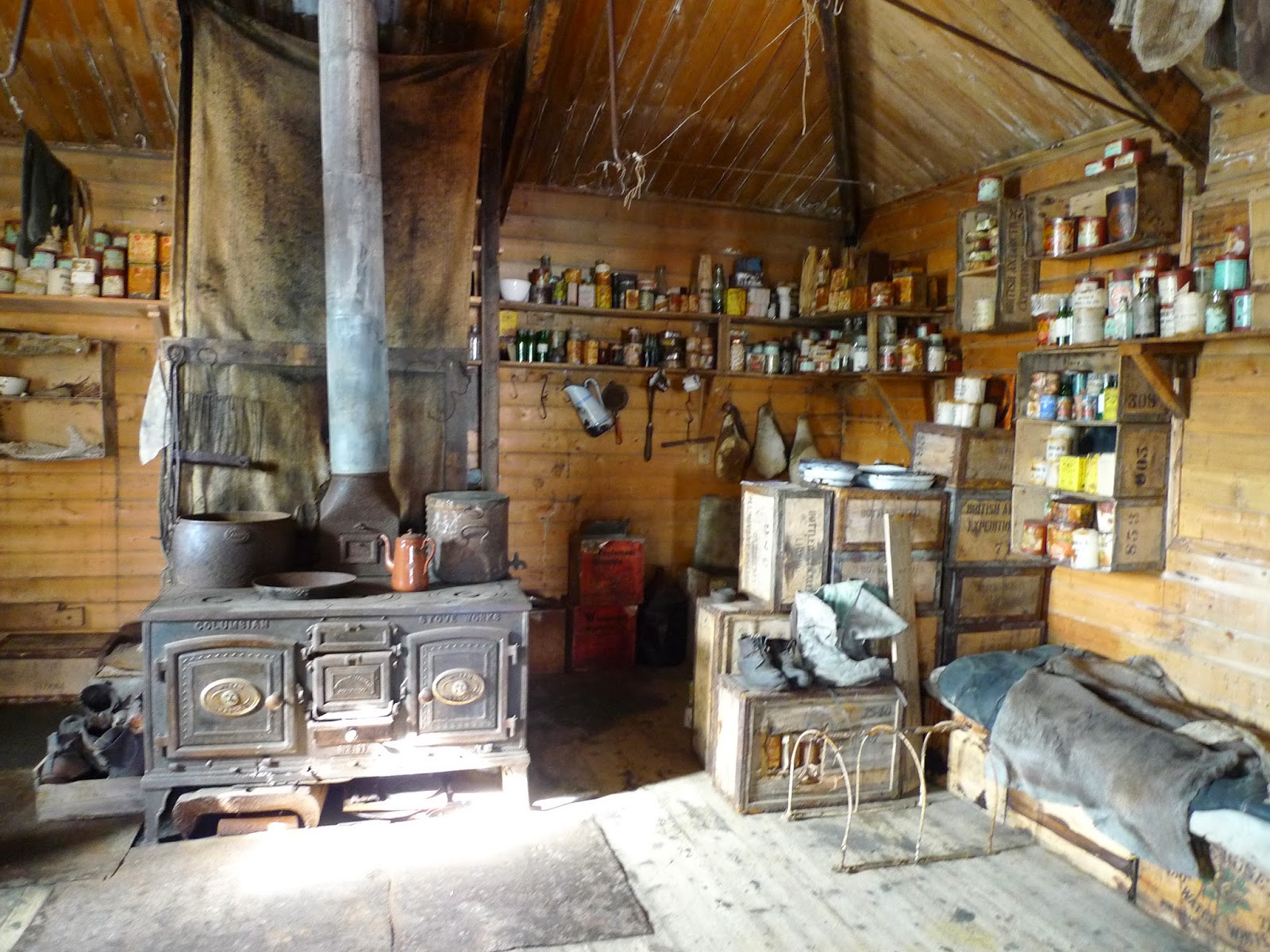Today we visited a polar desert. We flew from McMurdo Station across McMurdo Sound (and the McMurdo Ice Sheet) to the Dry Valleys. The Valleys are narrow valleys in between very high mountain ranges, and block the passage of the tongues of the East Antarctic Ice Sheet (Taylor Glaciers, Ferrar Glacier and others) from entering the McMurdo Sound and the Ross Sea. We visited scientists setting up stream-gauge measurements at the base of the Canada Glacier.
We flew to Bull Pass, which is a spectacular place for studying erosion. Weird boulders sandblasted by wind and broken up by freeze-thaw.
 |
| Boulders carved by wind wand water. |
 |
| Rock split by freeze-thaw. |
We then flew to the edge of the McMurdo Ice Shelf. The ice at the edge is about 5 feet thick. We walked to the ice edge, went on our knees (very important), and a family of Emperor penguins came out of the water to check us out! Emperor penguins are very curious animals and they are not afraid of people.
 |
| Conference of Parties at the Ross Ice Shelf |
From there, we flew across the Ice Shelf and McMurdo Sound to Cape Royds, home of an Adelie Penguin colony, and the hut of Ernest Shackleton erected by his Nimrod Expedition (1907-1909). This was Shackleton's base as his party explored Antarctica.
 |
| Inside Shackleton's hut |
 |
| Shackleton's hut. Note the dog kennels in front of the horse stalls. |
It was an unforgettable day! In contrast to yesterday's trip to the South Pole - with all the latest scientific instrumentation and equipment - today's trip drove home the power and beauty of Nature.

No comments:
Post a Comment